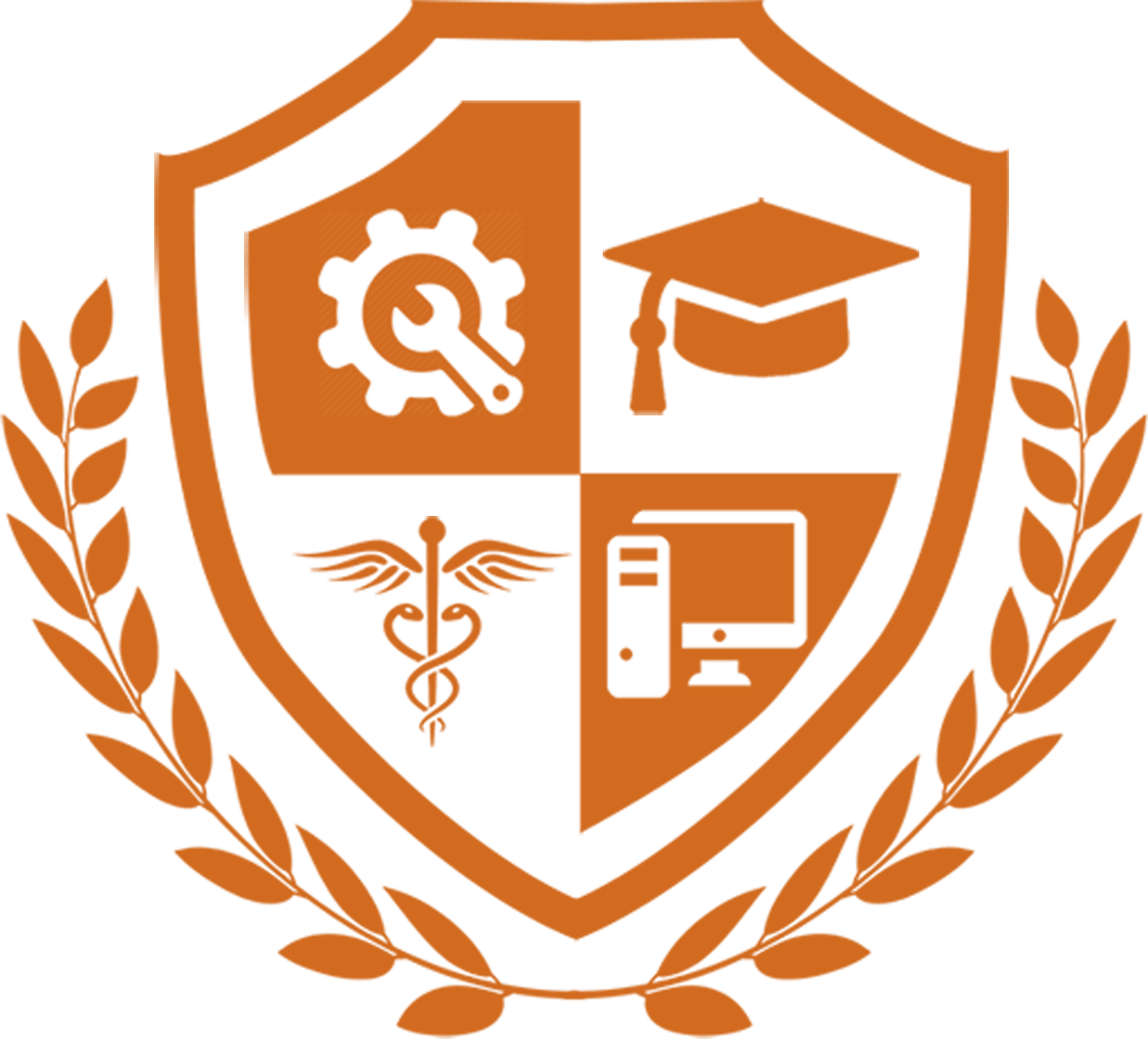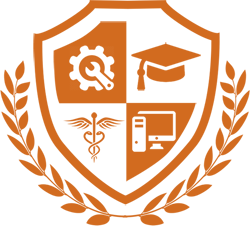Are you wondering if Austin trade schools have the education opportunities you need to create a successful career? We've all heard the old saying, "College isn't for everyone." While that may be true, it doesn't mean that you're not entitled to a fulfilling career that pays well. So, it's essential to find a career path to success after earning your high school diploma or passing the GED exam. For many, the solution is to pursue a technical degree or certification from an accredited vocational school or trade school. Enrolling and graduating from Austin trade schools offers personal fulfillment, potential job stability, and the potential to earn a high-paying salary with terrific benefits. It is also the perfect springboard to opening your own business.
Austin trade schools or vocational schools offer tremendous value for students considering the exceptionally high cost of attending a two-year community college or heading off to a college or university for four years. And that is just for an undergraduate degree. If you add in another two (or more) years for a master's degree, your total bill for secondary education can reach six figures. That's how many college graduates enter the workforce in crippling debt and spend a significant portion of their first years working to pay back the loans.
On the other hand, trade schools provide accelerated training and certification programs that take considerably less time to achieve. Trade schools generally cost less and take less time than four-year college degrees. Program lengths vary by field of study. Some programs are as short as a few weeks. Most trade school training takes a few months or a year to complete. Associate degree programs will usually take between 18 and 24 months.
Austin trade schools also provide continuing education courses, so trained professionals can learn new skills and stay up to date on current trends and advancements in the workplace.
In Austin, there is a trade school for just about everything. You can get training across various trades, including agriculture, construction, industrial, manufacturing, transportation, and skilled service. If you're looking for something quick, consider a fast-track certificate that you can earn in six months or less for occupations like a flight attendant, a physical therapy assistant, or aide. A fast-track certificate can be a quick way to learn a skill and get working, but the pay is generally at the lower end, and there is little room for advancement without additional training.
Many people seeking a career path don't know what they want to do, but they do want to make a comfortable income. So many choose to begin their journey with more advanced training to land a higher-paying job upon graduation. Most are looking for the perfect mix: A good income and a steady, enjoyable career without spending years getting an education. The highest-paying trade jobs are generally in the construction, electrical, industrial, and healthcare sectors.
Another emerging career option is fast-track training. Fast-track training programs are designed to prepare students for work in less than a year. Most fast-track training programs are only a few weeks long, and typically provide a certificate upon completion of the course. The certificate opens the door to entry-level positions in their chosen field. There are fast-track programs for computer networking, laboratory assisting, automotive technology, homeland security, and blockchain technology.
The problem with fast-track programs is they lack depth and don’t provide enough training, in some cases. Also, fast-track programs only prepare you for an entry-level position, so additional instruction is almost always required to advance in your career.
Many prospective students choose a trade and vocational school in the city where they eventually want to work. Finding a small, locally-owned school with a limited number of programs allows students the opportunity to concentrate on a quality training program that is neither too long nor too short - but is just what the marketplace is looking for; well-trained, entry-level professionals.
Local schools with a focused curriculum are considerably more affordable than a community college or university. The education is more hands-on, and you get to start practicing in real-world situations without having to spend years in the classroom. Trade and vocational schools have employer connections that put students to work immediately after graduation – so the earnings can start quicker. Nobody wants to sit around for months without pay, waiting for their new job to start!
Ideally, you want to attend a trade school with a strong program in the field you want to study. Keep in mind that you must learn your new trade correctly, but it's also crucial that you get a high-paying, steady job as soon as you graduate. When it comes to choosing a program or field of study, that's a big decision. There are many different programs out there, but we'll focus here on three of the most popular options with the brightest career potential: medical assistant, electrical technician, and HVAC tech.,
Becoming a medical assistant (MA) is a logical first step toward a healthcare career. Medical assistants once played a smaller role in healthcare, but as the field has grown exponentially, the demand has increased. Through a 8-month training program, medical assistants are taught to do many of the essential tasks of a physician or a nurse. Not only are they trained to handle administrative tasks like registering incoming patients at a clinic or hospital, but they also learn clinical duties such as administering injections and checking vital signs. Some MAs advance to become certified nursing assistants (CNA) or registered nurses (RN). Your role as an MA depends on where you work. Medical assistants often work in physicians' offices, hospitals, and various outpatient facilities – so there are lots of jobs out there and plenty of room to grow.
Heating, ventilation, air conditioning, and refrigeration (HVAC-R) systems have become increasingly complex in government offices, schools, office buildings, factories, hospitals, and homes. It's not possible to perform maintenance on these new systems without training on the old and new systems. Through an eight-month training course, you can learn the ins and outs of HVAC-R maintenance and repair and be on your way to a lucrative career as an entry-level residential and commercial HVAC technician, commercial refrigeration technician, or maintenance technician. HVAC-R students receive hands-on instruction and are qualified to apply for licensing upon graduation. In Austin, students work toward their Texas Department of Licensing & Regulation (TDLR) certification, their registered ACR technician license, and their EPA license. (EPA license training and testing are included in the program.)
In Austin, you can train to be an electrical technician in about seven and a half months. The demand for electricians is tremendous in today's world. The pay is good, and there's lots of room for advancement. Students who receive training as advanced electrical technicians can plan, layout, install, test, and repair electrical wiring, equipment, and fixtures. Students are instructed to connect wires to circuit breakers, transformers, and other electrical components at indoor and outdoor job sites like large office buildings, warehouses, hospitals, and other commercial and residential properties during the course. Jobs can range from smaller electrical companies that work primarily in the residential sector to larger companies that focus on new construction, retrofitting, and other special projects for public and private companies and government entities.
One of the best things about attending a trade school or vocational school is the generous amount of financial aid potential for students who don’t have their own means to fund their education. Many high school graduates and veterans can get fully funded for their education through grants, loans, and scholarships. Grants are state or federal money given based on financial need that is considered gift aid, so you don't have to pay it back if you complete the course and get a job in a related field. A scholarship also provides gift aid with no repayment, but you must qualify to win a scholarship. Requirements vary from scholarship to scholarship. Military assistance is also available for veterans. Repayment is not required unless you fail to complete the coursework.
Many students are also eligible for a loan, borrowed money that must be paid back with interest. This is always a third option and can be used to cover any tuition costs that aren't covered by gift aid from a grant or scholarship. The quickest way to apply for assistance is to visit studentaid.org and fill out a free Federal Student Aid (FAFSA) form. It's fast, convenient, and user-friendly.


